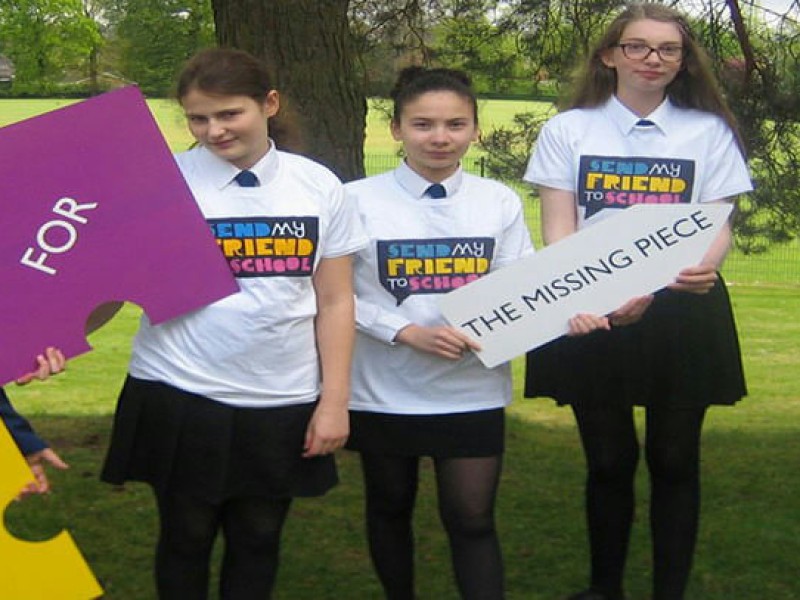Financing Education Through Aid

Progress towards the goal of achieving Education for All is slowing, and donor governments are slashing their aid budgets for basic education. This is partly a result of falling aid levels overall, but the cuts in aid to basic education are particularly severe, and are falling especially on low-income countries.
While some few donor countries are maintaining or even increasing education aid levels, others are reducing dramatically. This is a betrayal both of people’s aspirations and of the commitment made in 2000 by 184 governments that “no country shall be thwarted
from meeting the [EFA] goals due to lack of resources”. Reversing this fall is affordable; it would be the best long-term investment in the future of individuals and of nations, and would make an overwhelming difference in the lives of hundreds of millions of girls, boys, women and men currently missing out on their right to education.
Developing countries have put enormous emphasis and resources into meeting their part of the bargain and are increasing domestic resources for basic education. But – at this critical moment, when progress has been seen but further progress is difficult – donors are withdrawing their support. This is leading to a widening of the financing gap in meeting the needs for basic education in the developing world. In recent years the gap in financing for pre-primary and primary education and basic adult literacy has actually grown by US $10 billion, to a total US $26 billion, largely due to a lack of donor support. If we include lower secondary education, the total gap is US $38 billion.
The Global Campaign for Education and its members in 11 donor countries – Australia, Canada, Denmark, France, Germany, Ireland, Japan, the Netherlands, Spain, the UK and the USA – have been identifying trends in aid over recent years. Education Aid Watch 2013 contains a detailed national profile for each of these 11 countries, which has original research from the coalition of the latest aid patterns. These outline the general trends and government priorities in aid to education, as well as giving specific recommendations for that country’s aid programme.
Key Facts
- Less than half of the US $13.5 billion aid spent on education is currently going to basic education and only a fraction of that is supporting basic education in the low-income countries most in need. Between 2010 and 2011, overall aid to basic education fell from US $6.2 to US $5.3 billion.
- The Netherlands has made deep cuts in support to basic education: in just one year – between 2010 and 2011 – there was a 40% reduction in aid to basic education.
- Spain will drop from its previous position within the ranks of the top ten biggest donors to basic education, to 16th place between 2010 and 2013 as a result of their cuts. Aid to basic education is forecast to shrink almost three-fold between 2008 and 2013. This will result in the loss of access to education for 97,000 children.
- In 2010, almost 40% of Japan’s direct aid to education went to scholarships for students studying in Japan.
- In France, spending on scholarships amounts to nearly five times the amount spent on basic education, or more than half of education aid.
- In 2012, 62% of Germany’s education aid was spent on scholarships, up from 54% in 2010, signalling that this is a worsening trend.
- In 2010, the tiny Comoros island of Mayotte was receiving 52% of all French aid allocated to education in sub-Saharan Africa, due to its status as a French overseas territory, while the Pacific islands of Wallis and Futuna come 7th on the list of recipients of French education aid. France’s USD$67 million in direct aid for education to these islands averages US $1,854 per pupil per year.
- Calculations by the UNESCO Global Monitoring Report show that the money spent on one German scholarship alone could pay for over 100 students to go to school in Nepal. For the amount it costs for one Nepalese student to study on scholarship in Japan, as many as 229 young people could have access to secondary education in Nepal.
- Not all countries are cutting their aid. The UK government has continued to increase their contributions towards education. Total aid to education – across all levels of education – has risen steadily from around 9% in 2008 to 12% in 2011.


